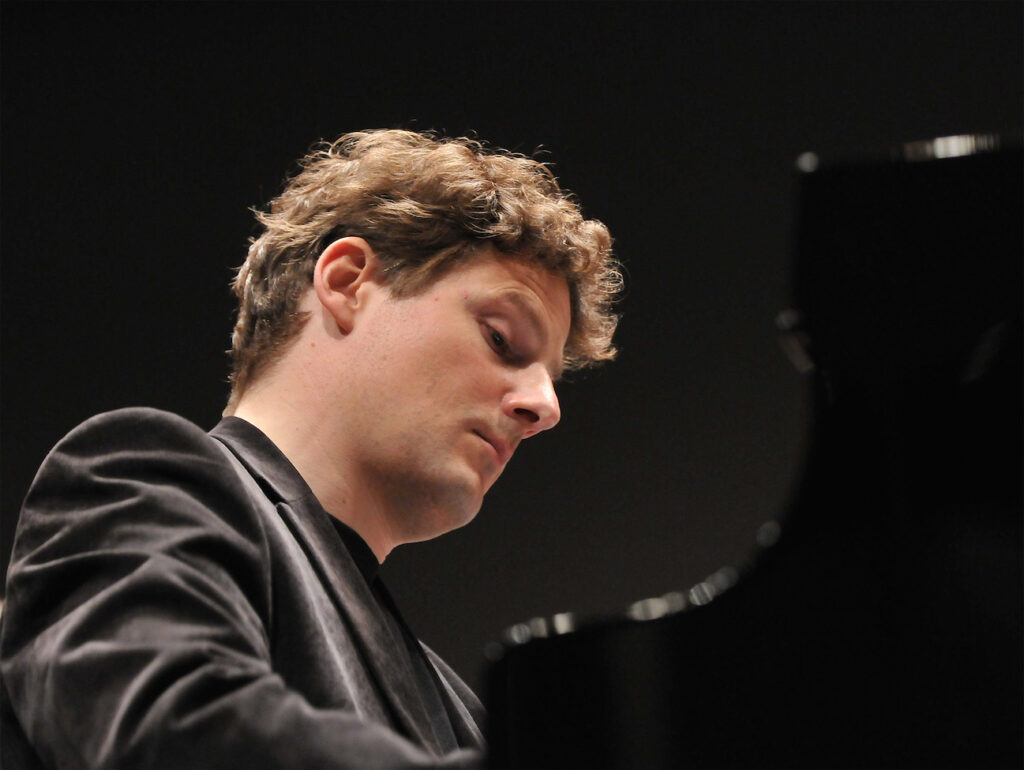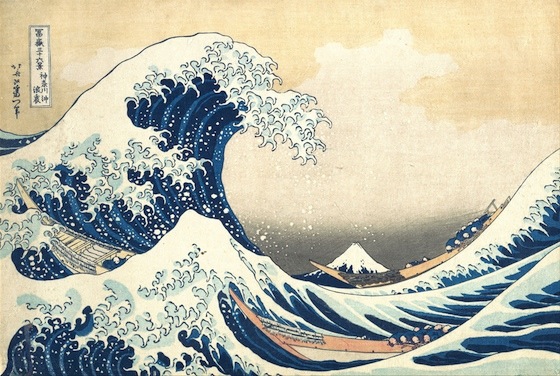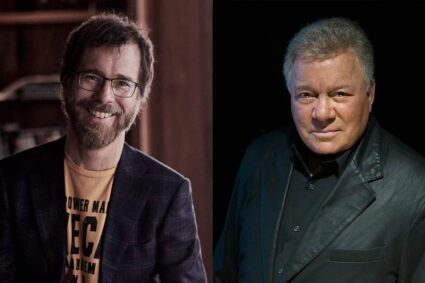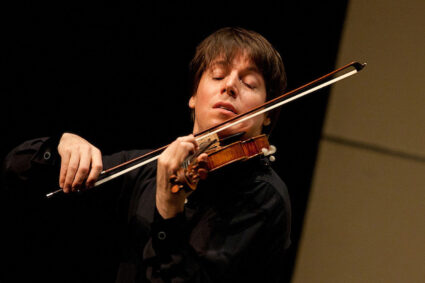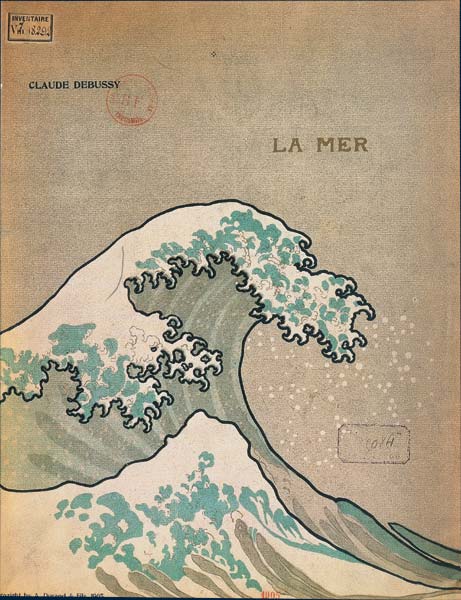
Saturday May 16th 8p.m. – “Music is the silence between notes” – Claude Debussy. La mer (french for “The Sea”) is a thrilling musical depiction of the ocean. La Mer is notably inspired by the Japanese Edo-period wood block print The Great Wave off Kanagawa by Katsushika Hokusai. Tonight lead by guest conductor Mario Venzago, the Baltimore Symphony Orchestra headlined Debussy’s tonal sea portrait along with Richard Strauss’s Don Juan. The program also included Franz Joseph Haydn’s Keyboard Concerto in D major lead by pianist Oliver Schnyder and Schubert’s “Unfinished” Symphony No. 8 in B minor.
The opening score, Franz Schubert’s “Unfinished” Symphony No. 8 was immensely enjoyable. It’s hard to imagine a 23-minute sketch as “unfinished.” It is only two movements but if you consider the recapilation you would figure the introductory motif to be re-introduced at some point. So it’s like part of the unfinished sketch is already completed. Who wouldn’t want to hear parts of the first movement again; it’s astounding! The Andante is as equally compelling; it sounds like an exciting finale. Schubert actually discarded the work not knowing which direction to take it. I guess one man’s trash is the rest of the world’s treasure for centuries to come. I recognized the first movement as Gargamel’s Theme, from the 1980’s cartoon classic The Smurfs, produced by Hanna-Barbera. Music Director Hoyt Curtin uses a fantastic arrangement of classical music for the production scores of that series.
The BSO performed Symphony No. 8 magnificently! In the first movement hastening violins emerge complimented by the instantly recognizable principal theme on oboe and clarinet. Mario Venzago conducted by leaning directly over the orchestra. Swooping arm gestures and swirling baton motions were made directly over violinist’s music stands. I didn’t hear a single note out of place.
Haydn’s Keyboard Concerto in D major was a delightful addition to the program. A Steinway & Sons grand piano was rolled out and Oliver Schnyder took the stage. The opening Vivace movement was pleasant. Oliver Schnyder tickled the tips of the ivory keys. His notes were precise but not at all rigid. The last movement, Rondo all’Ungarese: Allegro assai; was superb! It’s based from traditional Hungarian folk tunes. Gypsy playing techniques are fun to listen too. The descending intonations made for a masterful playing approach. Oliver Schnyder’s finger work display was impressive.
Strauss’s Don Juan was an interesting addition to the program. It’s a tone poem about an insatiable lover Don Juan. Strauss prefaced the score with two quotes by Nikolas von Lehnau. It’s almost like Strauss used entire quotes as a musical indication; like a written in expression. Traditionally expressive terms were written into scores starting around the baroque period. But not entire quotes and poems! The score was both heroic and adventurous. The BSO portrayed this expression magnificently!
Debussy begun “La mer” in 1903 and since this masterpiece’s orchestration methods has influenced composers including John Williams, Toru Takemitsu, and Luciano Berio. It’s even influenced Nine Inch Nails front man Trent Reznor. Trent was lured by the ominous tonal aesthetics Debussy used in La mer and incorporated it into his 1999 EP, The Fragile. The first song written for the album was titled “La mer.”
La mer otherwise known as “Three Symphonic Sketches for Orchestra” includes: “From Dawn to Noon on the Sea”, “Play of the Waves,” and the finale “Dialogue of the Wind and the Sea.” Some might suggest the turbulence expressed in the score was a reflection of Debussy’s turbulent love life during the time. He was in the midst of a scandalous love affair. I on the other hand believe that it was more of a musical depiction of Hokusai’s “Wave.” The print depicts tremendous waves engulfing two small wooden boats.
Regardless of what may have influenced Debussy’s treatment of La mer, the outcome was still spectacular. This enchanting piece was decades ahead of it’s time and had the makings of a film score, a process not common in 1905. During the concert it was like the BSO was at sea. Venzago swirled his baton vigorously and waves of sound overcame the music center. Exciting musical outbursts rocked like stormy waters. It was performed exquisitely! A serene setting and an absolutely fantastic concert.


